A showdown months in the making will unfold on Friday, when United States President Donald Trump receives New York City Mayor-elect Zohran Mamdani at the White House for their first face-to-face meeting.
The Oval Office session, set for 3 pm EST, brings together two politicians who have defined themselves through conflict with each other.
Trump has attacked the mayor-elect relentlessly, calling him a “100% Communist Lunatic” and a “total nut job.”
Mamdani, for his part, has cast Trump as the central adversary of his political movement, once describing himself as “Donald Trump’s worst nightmare.”
Yet both men insist the sit-down is ultimately about governance — affordability, safety, public services and, in the words of Mamdani’s team, matters affecting the “economic security” of the city.
The White House also confirmed that the president himself announced the meeting online, stating, “We have agreed that this meeting will take place at the Oval Office on Friday, November 21st.”
Their paths to this moment, however, have been anything but routine.
How a rivalry was forged on the campaign trail
Few mayors-elect have been defined by their relationship with a sitting president as much as Mamdani.
Even before the city’s November election, Trump positioned himself as Mamdani’s chief antagonist.
He publicly endorsed independent candidate Andrew Cuomo — the former Democratic governor attempting a political comeback — and warned that New York faced a dire future if the 34-year-old democratic socialist prevailed.
On the eve of the election, Trump predicted the city had “ZERO chance of success, or even survival” under Mamdani’s leadership.
Trump also resurfaced insinuations about Mamdani’s citizenship, despite the fact that he was born in Uganda and became a naturalised US citizen after graduating college.
The president claimed he would consider having him arrested if the mayor-elect refused to cooperate with federal immigration authorities.
And in multiple interviews, Trump repeatedly insisted Mamdani was a “communist,” a label he continued using even after the election — including in a social media post where he referred to him as the “Communist Mayor of New York City.”
Mamdani responded by making Trump a centrepiece of his own message.
In debates, campaign events and his victory speech, he framed his candidacy as the antidote to Trump’s influence on national and local politics.
During one primary debate, he declared, “I am Donald Trump’s worst nightmare, as a progressive Muslim immigrant who actually fights for the things that I believe in.”
When he triumphed on election night, Mamdani addressed Trump directly, telling supporters in Manhattan, “Donald Trump, since I know you’re watching, I have four words for you: turn the volume up!”
“If anyone can show a nation betrayed by Donald Trump how to defeat him, it is the city that gave rise to him.”
His rhetoric only escalated, adding, “So hear me, President Trump, when I say this: To get to any of us you will have to go through all of us.”
This approach helped Mamdani consolidate his base in a city where Democratic voters were eager for direct confrontation with the administration. It also helped him distinguish himself from Cuomo, whom he accused of being overly accommodating to federal pressure.
Mamdani framed his opponent as a candidate who would capitulate to Trump, calling him a “puppet” of the president and criticising Cuomo’s record on handling Trump-era controversies.
The strategy worked.
Mamdani overcame a well-known former governor and a divided Democratic establishment, positioning himself as a younger, more combative progressive voice capable of taking on the White House.
How Trump used the conflict for political gain
For Trump, the presence of an outspoken democratic socialist running America’s biggest city created an opportunity to sharpen his contrast with Democrats.
In interviews and rallies, he repeatedly depicted Mamdani as emblematic of left-wing excess.
On CBS’ 60 Minutes earlier in the month, Trump said, “If you have a communist running New York, all you’re doing is wasting the money you’re sending there,” previewing a broader Republican strategy for the 2026 congressional midterms.
He even claimed Mamdani “will prove to be one of the best things to ever happen to our great Republican Party.”
The implication was clear: Trump viewed Mamdani as an ideal opponent — one whose progressive policies could energise conservative voters nationwide.
Those tensions will now play out in the confines of the Oval Office, where both leaders are expected to raise issues that formed the backbone of their respective agendas.
What Mamdani hopes to discuss with Trump
New York City’s rising cost of living dominated the mayoral race, and Mamdani has repeated that this would be the central subject of his meeting with the president. He has highlighted deep concerns about rent, childcare, wages and basic household expenses.
At a news conference outside City Hall, Mamdani told reporters, “I have many disagreements with the president and I believe that we should be relentless and pursue all avenues and all meetings that can make our city affordable for every single New Yorker.”
He also confirmed that his administration reached out first to arrange the meeting, seeing the Oval Office discussion as an early opportunity to secure federal cooperation.
“I’m not concerned about this meeting. I view this meeting as an opportunity to make my case, and I’ll make that case to anyone.”
His team said the topics include public safety, affordability and long-term economic planning — areas they believe require collaboration regardless of political hostility.
Mamdani’s campaign promised one of the most ambitious policy agendas New York has seen since the mid-20th century, including proposals such as:
a citywide rental freeze
expanded access to childcare
structural changes aimed at supporting low-income families
measures to confront corporate price-setting and housing market distortions
He has argued that affordability is inseparable from safety, governance and civil rights.
When asked whether he intended to challenge Trump’s threats of stepped-up immigration enforcement in the city, Mamdani responded by saying his priorities included preventing “price gouging in their lives,” as well as “protecting them from ICE agents and making it clear that I will look to representing every single person.”
How Trump has threatened the upcoming Mamdani mayoralship
Trump has repeatedly warned that a Mamdani-led administration could lose federal money.
Throughout the campaign season, he suggested he might withhold billions of dollars in federal support from New York if the democratic socialist won.
This would be a significant blow: according to the New York State Comptroller, the federal government is expected to provide $7.4 billion to the city in FY2026, representing 6.4 per cent of total municipal expenditures.
A senior Trump administration official, speaking anonymously to AP, has indicated that these funding threats have not been taken off the table.
While the official stated that little detailed planning has gone into the upcoming meeting, they reiterated that federal financial leverage remains an active point of consideration.
These warnings are consistent with Trump’s past approach in earlier political battles where he withheld or redirected federal funds from Democratic-led jurisdictions, typically framing the action as a response to mismanagement or ideological extremism.
New York is no exception. Trump frequently claims that the city is collapsing under progressive leadership — a narrative he hopes to amplify ahead of the midterm elections.
How the Trump-Mamdani meeting could unfold
While Trump’s official schedule lists the session as “private,” he has a well-established pattern of inviting a small group of reporters at the last minute, transforming closed-door conversations into public confrontations.
Over the past year alone, Trump has held several high-drama Oval Office interactions with include a tense exchange with Ukrainian President Volodymyr Zelenskyy in March, where the conversation devolved into visible irritation.
And let’s not forget the bizarre encounter in May with South African President Cyril Ramaphosa, during which Trump dimmed the room’s lights and played a controversial four-minute video about alleged violence against Afrikaner farmers.
Given this track record, advisers and analysts expect a wide range of possible scenarios — though Mamdani himself insists he is unfazed.
He told reporters, “I’m not concerned about the president potentially trying to use the meeting to publicly embarrass me.”
Pressed further on whether he views the meeting as purely political, the mayor-elect clarified his intentions.
“For me, it’s not about myself. It’s about a relationship between New York City and the White House, the president, and the federal administration.”
What next for Mamdani
Mamdani’s victory marked one of the most consequential Democratic wins in the first major elections since Trump returned to office. Democrats swept multiple contests across the city, providing the party with momentum heading into 2026.
Mamdani, as part of a younger generation of Democratic leaders, has been positioned as a figure capable of mobilising diverse urban constituencies.
But his win also raises challenges. He has already acknowledged the difficulty of implementing what he calls “the most ambitious agenda to tackle the cost-of-living crisis this city has seen” since the 1940s.
His administration must contend not only with opposition from conservative groups but also with internal tensions among Democrats who differ on policy speed and scale.
And now, he must navigate a direct working relationship with a president who often deploys federal authority as a political weapon.
For Mamdani, the meeting is a chance to demonstrate that he can defend the city’s interests on a national stage.
Mamdani will succeed Eric Adams as the next mayor of New York City on January 1, 2026.
Also Watch:
With inputs from agencies


)
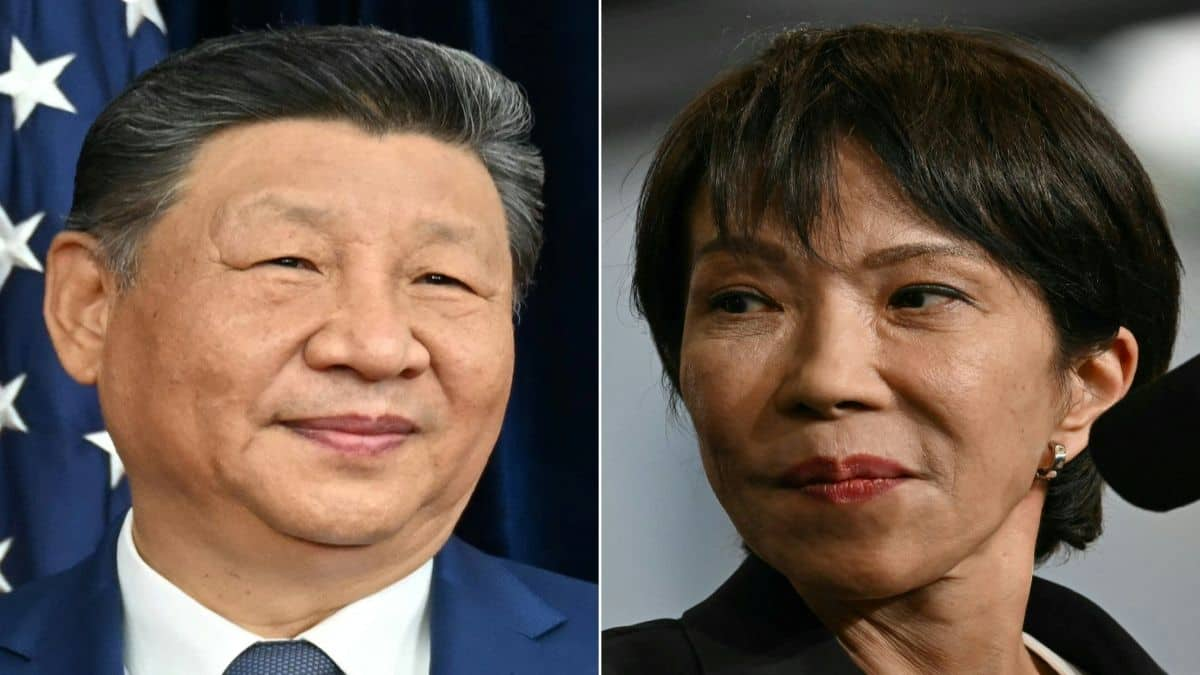
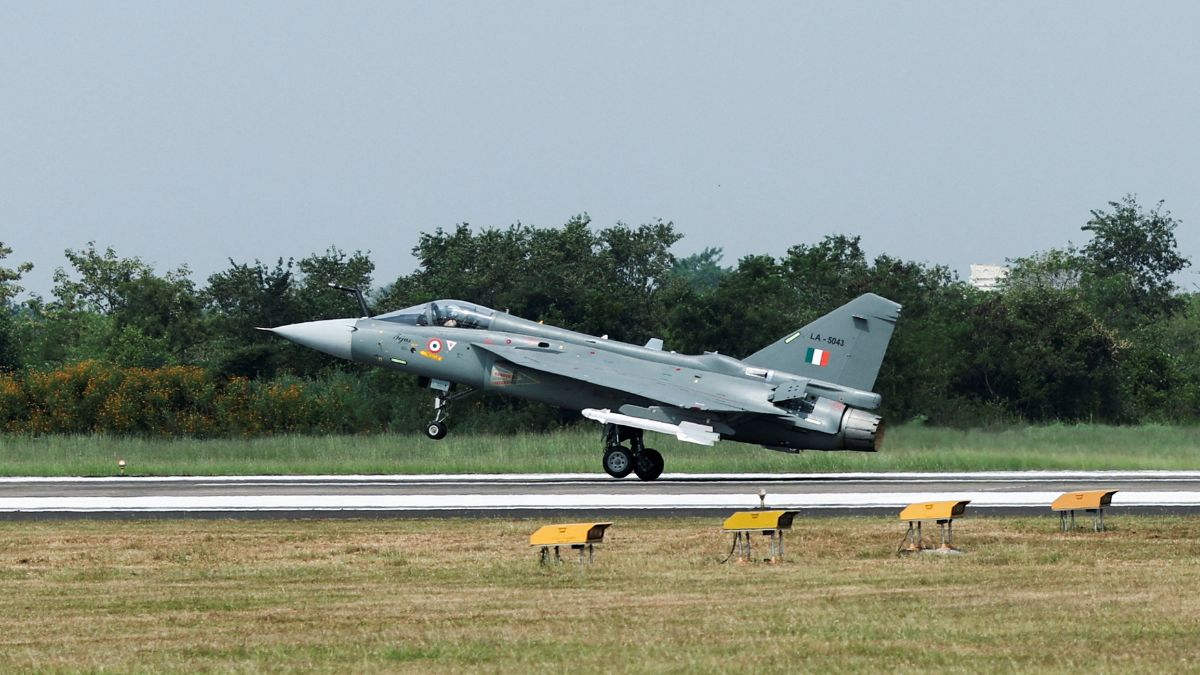)
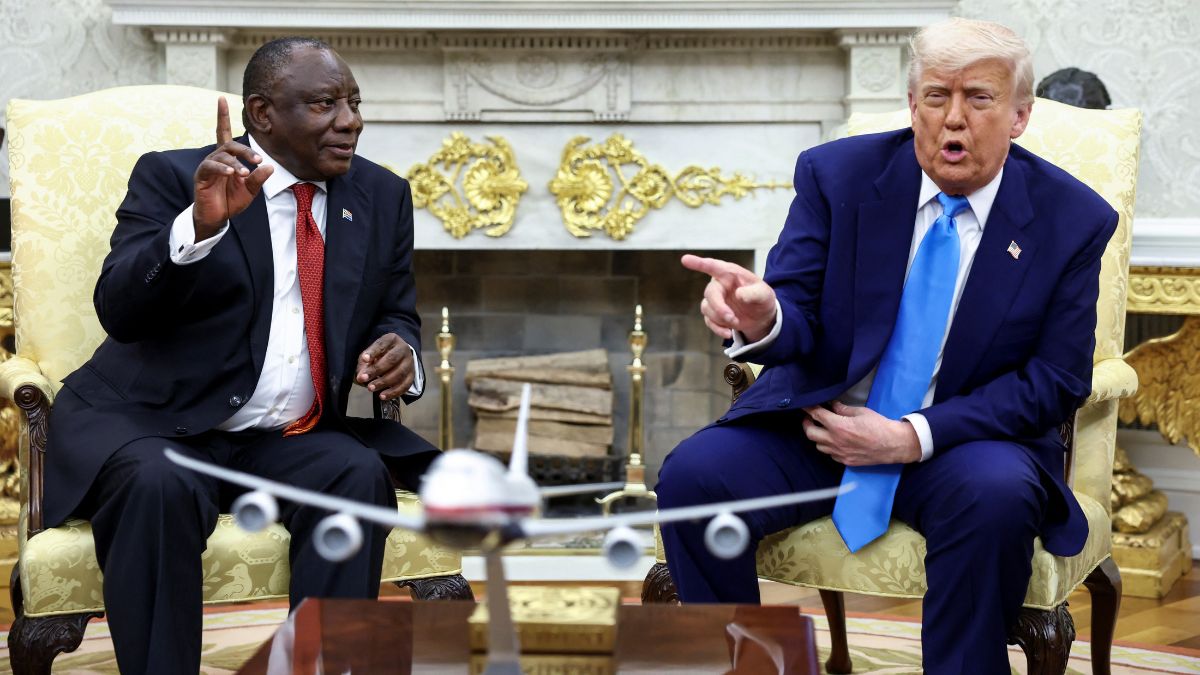)
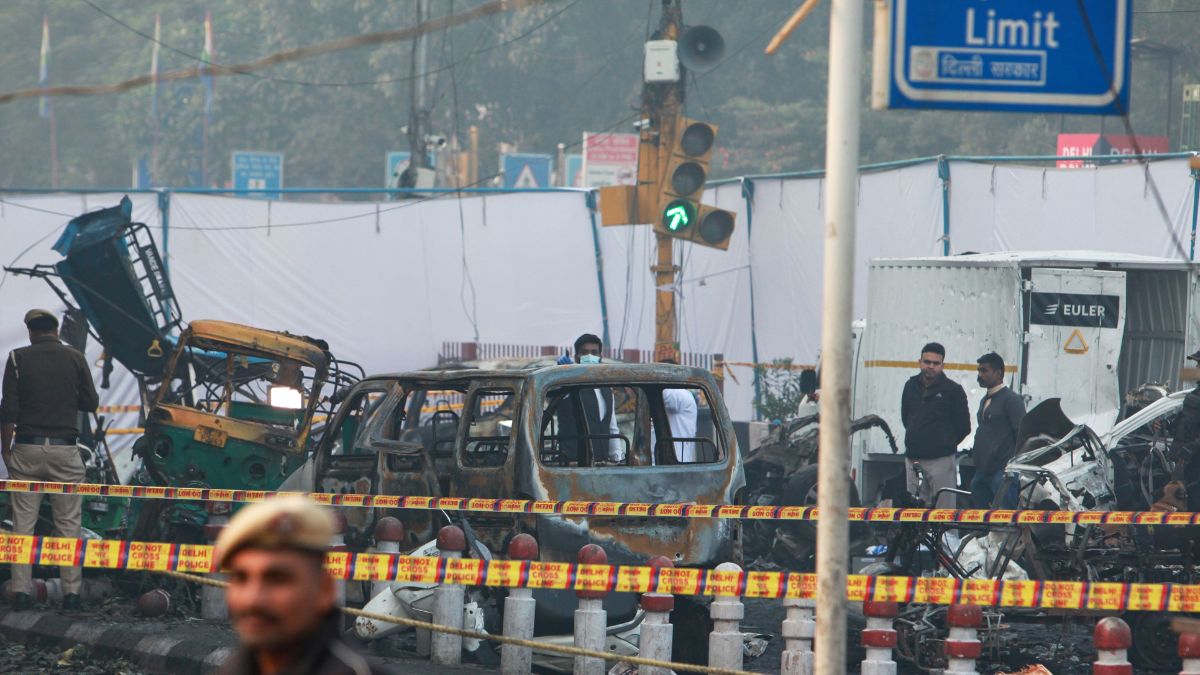)
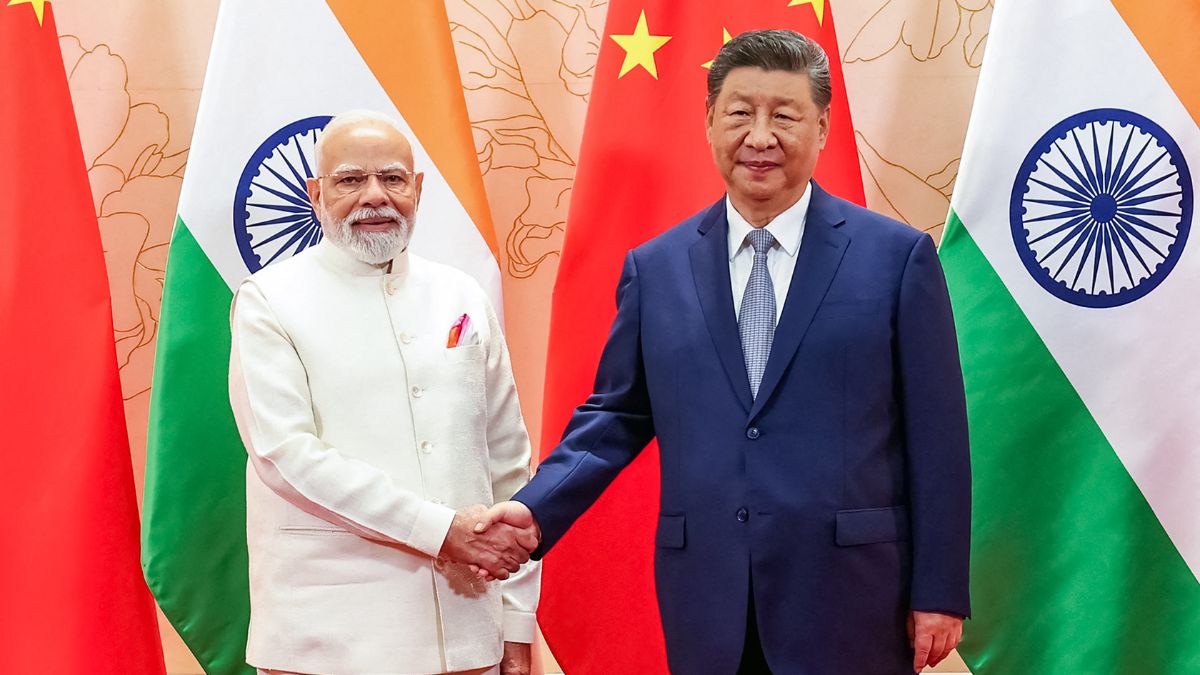)
)
)
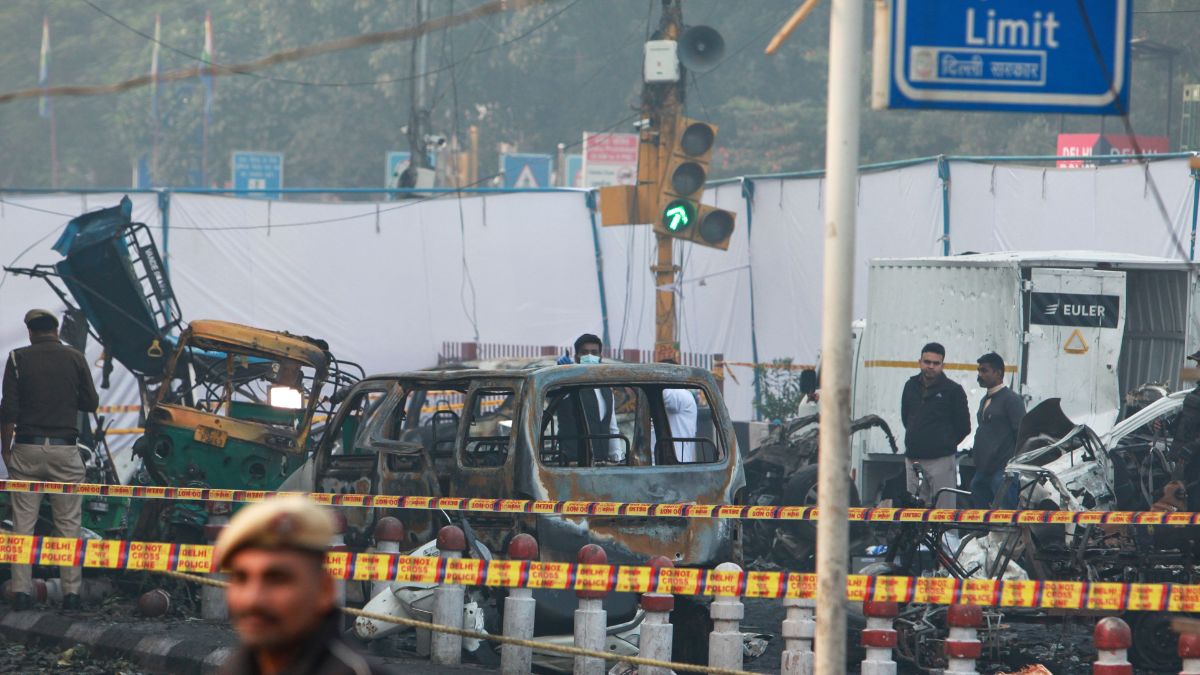)
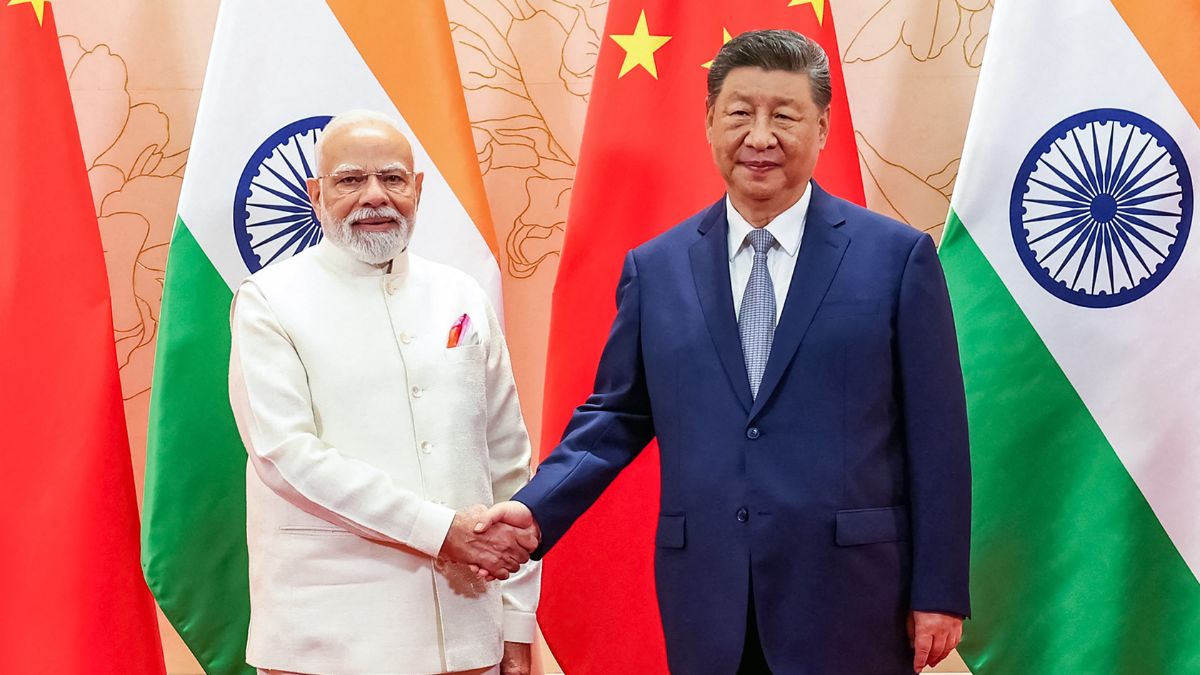)



